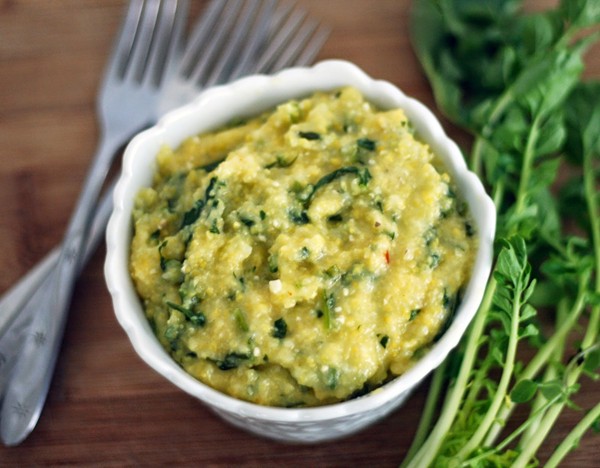Is this the next big US regional cuisine?
March 31, 2016 by Darcie 
You will be forgiven if you have never thought of Appalachian cuisine in a favorable light – or at all. But many chefs are taking a look at what one person has called ‘America’s own cucina povera,’ likening the state of Appalachian foods to that of Tuscan cuisine in the 1980s.
The foods of central Appalachia – a region that stretches from southern Ohio and West Virginia to Tennessee – have been flavored by immigrants from many different countries in addition to enduring native foodways. The region is a true melting pot, starting with the Native Americans who lived there. In addition, “freed slaves congregated there because it was one of the few places they were permitted to live. The English and Germans arrived along with the Scotch-Irish in the early 1800s, and Hungarians and Italians came after the Civil War to work in the mines.” This led to unique food traditions.
Sometimes it is difficult to pin down the origins of the region’s signature dishes, like leather britches. These are green beans that are strung up to dry, then reconstituted with water and a ham hock or bacon. Some suggest that the technique can be traced to Native American tribes while others point to German immigrants and their long history of preserving and fermenting foods.
In addition to bringing their own cooking traditions, the immigrants who settled in the region brought their seed saving skills, which have been handed down for generations even as hybrid seeds have overtaken gardening around the country. Researchers at Slow Food’s RAFT Alliance “have documented 1,412 distinctly named heirloom foods in the region, including more than 350 varieties of apples, 464 varieties of peas and 31 kinds of corn.”
Chefs like Travis Milton are starting to reinvigorate Appalachia’s diverse food traditions. Milton, a Virginia native, had an epiphany while doing a stint at WD-50 restaurant in NYC. “I realized that I wanted to cook everything that I had tried to distance myself from: the [foods of the] hillbilly, the hick, the redneck,” he said. Now Milton, relocated to Bristol, Tennessee, is growing the foods of his native Appalachia: heirloom beans, cowpeas, creasy greens, goosefoot (a cousin of quinoa), huckleberries, and more. He plans to sell what he doesn’t use at his restaurant, pickling or preserving much of it. It is part of his plan “to use food to ignite economic development in the region and end, once and for all, the pervasive stereotype of Appalachians as a bunch of toothless hillbillies.”
Photo of Cheesy creasy green grits from Coconut & Lime by
Categories
- All Posts (6940)
- Antipasto (2135)
- Author Articles (247)
- Book News (935)
- Cookbook Giveaways (983)
- Cookbook Lovers (257)
- Cooking Tips (109)
- Culinary News (299)
- Food Biz People (552)
- Food Online (791)
- Holidays & Celebrations (272)
- New Cookbooks (149)
- Recipes (1500)
- Shelf Life With Susie (231)
- What's New on EYB (133)
Archives
Latest Comments
- Atroyer7 on Danube Cookbook Review and Giveaway
- demomcook on What foods do you look forward to the most for each season?
- demomcook on Danube Cookbook Review and Giveaway
- Darcie on How cookbooks can help build resilience
- mholson3 on Danube Cookbook Review and Giveaway
- Rinshin on How cookbooks can help build resilience
- sarahawker on Danube Cookbook Review and Giveaway
- Sand9 on Danube Cookbook Review and Giveaway
- hankintoby29 on Heritage Cookies of the Mediterranean World – Cookbook Giveaway
- WBB613 on Feasts of Good Fortune Cookbook Giveaway